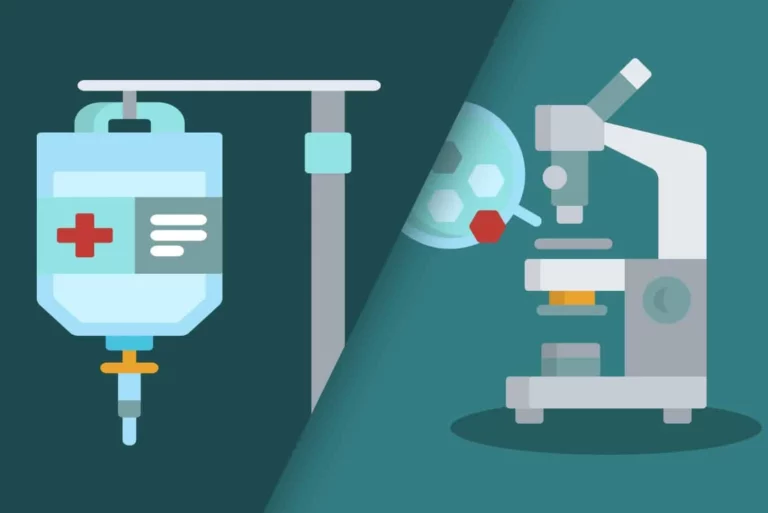Breast Surgery Reduction
Author: Rose Stella
Rose Stella
Category: Women's Health
Tags: health, men's health, surgery, reduction, women's health, breast
Breast surgery reduction or Reduction mammaplasty is the process of reducing excess breast fat, tissue, and skin. While more people are opting for breast surgery augmentation, there are still people who are looking into breast surgery reduction.
This procedure may be on your mind if your disproportionately large breasts are causing you pain in the neck, back, or elsewhere. Having abnormally large breasts can be emotionally and physically taxing for a patient. Heavy breasts can be a source of pain and other symptoms for patients with macromastia. Some people may find it difficult to engage in regular physical activity due to the associated pain. Some patients with macromastia may also experience emotional anguish or more serious mental health issues as a direct result of their condition. In addition, this reduction surgery can help women who suffer from discomfort due to their breast size and who also want to enhance their looks
Furthermore, even if a patient does not experience the signs of macromastia, they may still seek breast reduction for cosmetic reasons if they are unhappy with their breast size. Many variables, such as societal pressures and clothing restrictions, may contribute to a patient’s decision to undergo breast reduction surgery for purely aesthetic reasons.
The vast majority of women are happy with their new bodies after the procedure Since this is a big operation, knowing about its advantages, risks, and recovery time is important. In addition, it is vital to discuss your options for breast reduction with a plastic surgeon who has completed the appropriate residency and fellowship training. Those considering breast reduction surgery should be aware of the potential for adverse outcomes. Understanding the limits of the procedure is also crucial.
 Another woman measured another woman’s breast with a
tape measure
Another woman measured another woman’s breast with a
tape measure
Reasons for the surgery
Women with enormous breasts may choose breast reduction surgery to address a variety of concerns, including but not limited to:
- Intractable pain in the back, neck, and shoulders
- Irritation or a rash that persists under the breasts for an extended period of time
- Burning sensation in the nerves
- Possibilities are limited
- An insecure sense of body due to having huge breasts.
- Discomfort when trying on bras and other garments
In most cases, these conditions rule out breast reduction surgery:
- Smoke
- Suffer from a chronic illness like diabetes or cardiovascular issues
- Very overweight
Do you want to steer clear of breast scars?
Anyone, even young adults, can get breast reduction surgery. However, more surgery may be required in the future if breast development has been slow.
In the event that you want to do any of the following in the near future, you may want to put off breast reduction surgery for a while. This includes:
- Childbirth. You may want to put off having children until you no longer have to worry about complications during pregnancy. While it may be difficult to breastfeed following breast reduction surgery, it is possible to maintain this ability with careful planning and execution of the procedure.
- Reduced weight. You might want to put off deciding if reduction mammoplasty is for you while you try to lose weight through dietary and physical changes. Changes in breast size are a common side effect of weight loss.

The Process of Breast Reduction
For safety reasons, breast reduction surgery is always performed under general anesthesia. As a result, you’ll be dozing off during the procedure.
The typical procedure entails repositioning your nipple while it’s still tied to your blood supply; reducing the size and contouring your breasts by eliminating fat, glandular tissue, and skin;
Depending on how much of a reduction is desired, the surgery might take anywhere from two to three hours to complete.
In most cases, a one- or two-night hospital stay will be required.
After the surgery
The breasts may have plastic tubes attached to them and bandages on them when you wake up after surgery to drain blood.
The tubes will be withdrawn and you’ll be able to go home in about a day or two. For a few days, you may experience some discomfort, which may be managed with pain medication.
There will be swelling and possible pain and lumpiness in your breasts after surgery. It’s possible that the swelling will persist for up to three months. Until the swelling goes down, you won’t be able to see how your breasts actually look.
Recovery period
Breast reduction recovery time ranges from 2 weeks to 6 weeks. You may require assistance with household chores, child care, and grocery shopping for a period of two to three weeks while you are out of commission.
Please wait until wearing a seatbelt doesn’t cause discomfort before getting behind the wheel. This could take a few weeks. For up to six weeks following surgery, you should avoid any kind of rigorous activity, including stretching, heavy lifting, and vigorous exercise.
For up to three months after breast surgery, some doctors recommend constantly wearing a sports bra. It’s best to double-check with the operating room.
Depending on how rapidly your wounds heal, the dressings should be left on for varying amounts of time. After a week or two, if the stitches aren’t dissolvable, they’ll need to be removed.
 Breast reduction surgery
result
Breast reduction surgery
result
Complications and Dangers of Breast-Reduction Surgery
Breast reduction surgery usually leaves behind noticeable scars. These wounds will lessen with time but never fully disappear. If you try to move heavy things too soon after surgery, you could make them worse.
These are some other concerns that may arise:
- Infection
- Temporary or permanent numbness of the breasts or nipples
- Inconvenient reactions to the anesthetic sleep aid (anesthesia)
- Bleeding
- Clotted blood
- Pustules and bruises
- Persistent pain that worsens over time; may result in permanent damage to nerves, blood vessels, and other organs.
Occasionally, a skin graft may be necessary due to problems such as poor nipple healing.
Quickly get in touch with your medical professional:
- If you see any redness, pain, or unusual swelling at the surgery site, or if you develop a fever, you should contact your doctor immediately.
- Discharge from the incision site that does not (including pus)
- In the event that any of the stitches come out before the scheduled removal appointment
Results
Back, neck, and shoulder pain are just some of the places where breast reduction surgery has proven effective. Possible side effects include enhanced physical performance and an improvement in sense of personal worth.
You’ll see improvements immediately away, but it may take several months for the swelling to go down and the surgical scars to erase completely. The effect is permanent in most cases. However, the size and shape of one’s breasts can shift with time and with changes in body composition, such as those that occur during pregnancy.
 Breast reduction surgery
result
Breast reduction surgery
result
Fees for Breast Reduction Procedures
Breast reduction surgery, according to most estimates, can cost anywhere from about $7,700 to more than $9,700. The majority of patients have their breast reduction costs covered by insurance. Because of its reconstructive nature, breast reduction is often covered by medical insurance. But remember to stick to the rules laid out in your policy.












